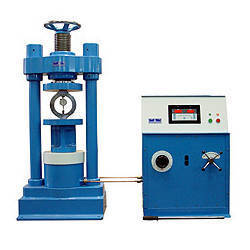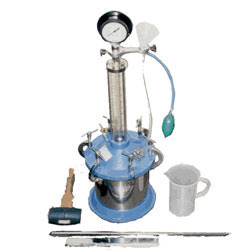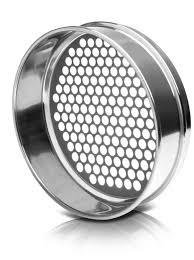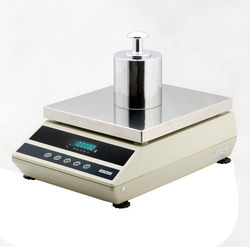M Sand
Price 2100 INR/ Piece
M Sand Specification
- Material
- Sand
M Sand Trade Information
- Minimum Order Quantity
- 1 Piece
- FOB Port
- Chennai
- Payment Terms
- Cash on Delivery (COD), Cash in Advance (CID)
- Delivery Time
- 2 Days
- Main Domestic Market
- Dadra and Nagar Haveli, Himachal Pradesh, Tripura, Andaman and Nicobar Islands, South India, Central India, North India, East India, Andhra Pradesh, Assam, Arunachal Pradesh, Bihar, Chandigarh, Delhi, Goa, Haryana, Jammu and Kashmir, Karnataka, Lakshadweep, Madhya Pradesh, Maharashtra, Mizoram, Meghalaya, Manipur, Nagaland, Odisha, Punjab, Pondicherry, Rajasthan, Sikkim, Tamil Nadu, Telangana, Uttar Pradesh, West Bengal, Uttarakhand, Daman and Diu, Gujarat, Kerala, Jharkhand, West India, Chhattisgarh, All India
About M Sand
M Sand
Foundry sand consists primarily of clean, uniformly sized, high-quality silica sand or lake sand that is bonded to form molds for ferrous (iron and steel) and nonferrous (copper, aluminum, brass) metal castings. Although these sands are clean prior to use, after casting they may contain Ferrous (iron and steel) industries account for approximately 95 percent of foundry sand used for castings. The automotive industry and its parts suppliers are the major generators of foundry sand.
The most common casting process used in the foundry industry is the sand cast system. Virtually all sand cast molds for ferrous castings are of the green sand type. Green sand consists of high-quality silica sand, about 10 percent bentonite clay (as the binder), 2 to 5 percent water and about 5 percent sea coal (a carbonaceous mold additive to improve casting finish). The type of metal being cast determines which additives and what gradation of sand is used. The green sand used in the process constitutes upwards of 90 percent of the molding materials used.
In addition to green sand molds, chemically bonded sand cast systems are also used. These systems involve the use of one or more organic binders (usually proprietary) in conjunction with catalysts and different hardening/setting procedures. Foundry sand makes up about 97 percent of this mixture. Chemically bonded systems are most often used for "cores" (used to produce cavities that are not practical to produce by normal molding operations) and for molds for nonferrous castings.
The annual generation of foundry waste (including dust and spent foundry sand) in the United States is believed to range from 9 to 13.6 million metric tons (10 to 15 million tons). Typically, about 1 ton of foundry sand is required for each ton of iron or steel casting produced.
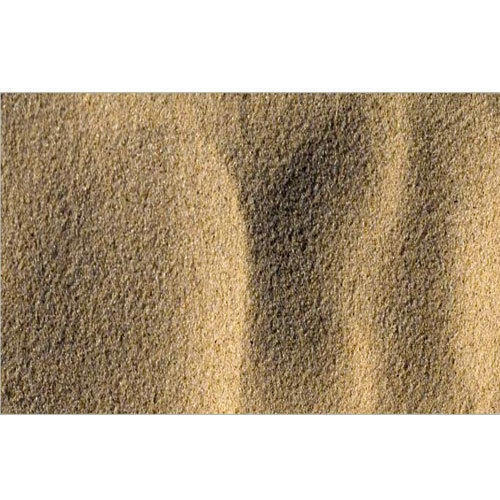

Price:
- 50
- 100
- 200
- 250
- 500
- 1000+
More Products in Highway Testing Laboratory Equipment Category
Concrete Testing Equipment
Price 5000.00 INR / Piece
Minimum Order Quantity : 1 Piece
Usage : indusrary
Material : Metal
Power Supply : Electric
Size : standard
Road Construction Lab Testing Equipments
Price 25000 INR / Piece
Minimum Order Quantity : 1 Piece
Usage : Laboratory Equipment
Material : Stainless Steel
Power Supply : Manual
Size : Standard
Test Sieves
Price 400 INR / Piece
Minimum Order Quantity : 1 Piece
Usage : Laboratory
Material : Metal
Laboratory Weighing Balances
Price 3000 INR / Piece
Minimum Order Quantity : 1 Piece
Material : Metal
Power Supply : Electric

 Send Inquiry
Send Inquiry Send Inquiry
Send Inquiry
